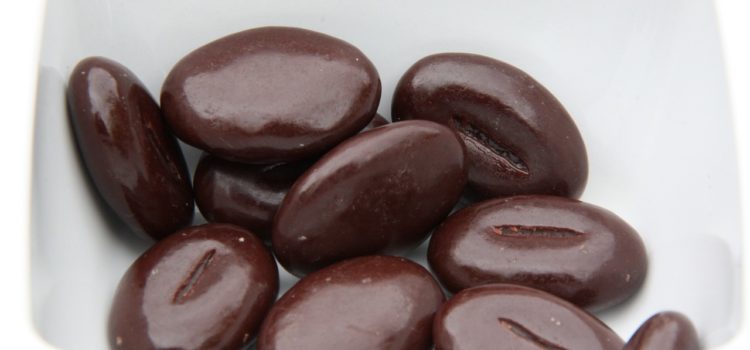During the earliest days of making bread, the ingredients that bakers would use are relatively simple—flour, salt and yeast. The practice of using yeast to make bread rise started as early as 1300 BC. During this period, bread is eaten
Why Calcium Propionate Is In My Bread?









